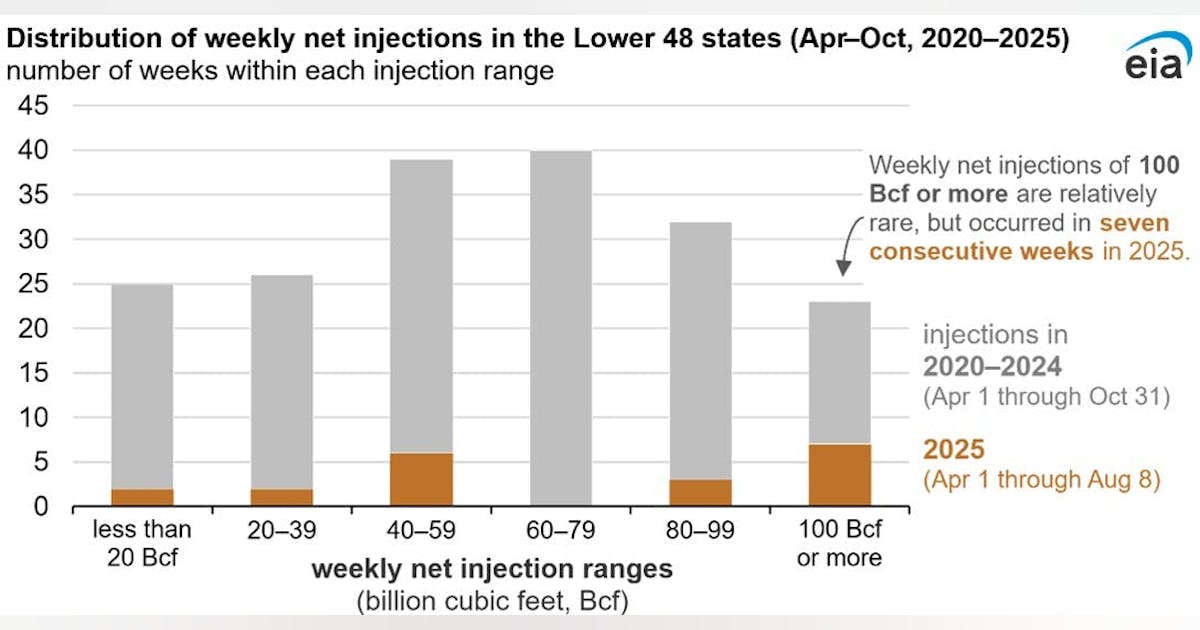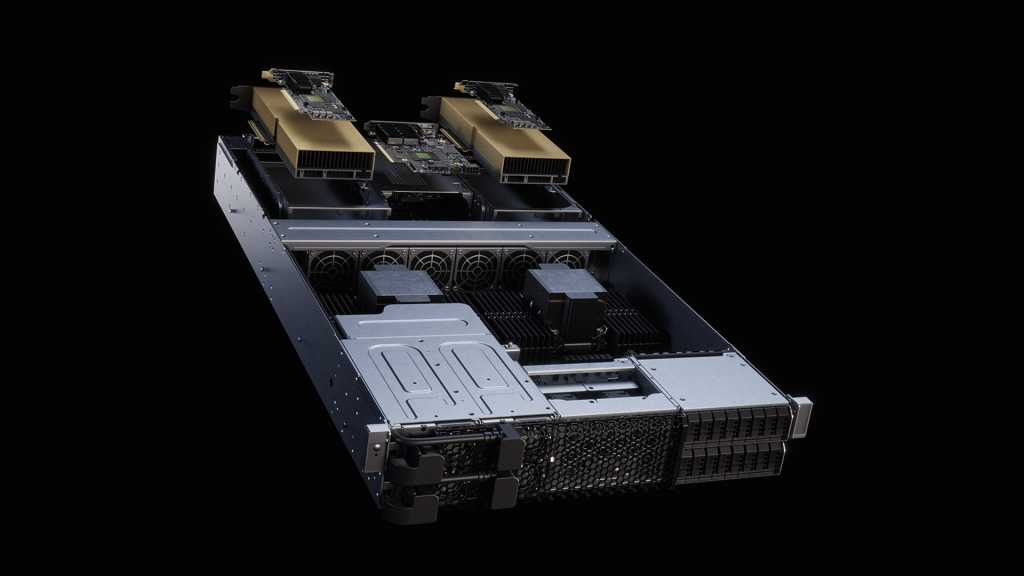
The problem is that less than one-eighth of enterprises said that they believed HPE could justify the Juniper deal simply by having HPE salespeople sell Juniper gear. We can take JHPE off the table.
But not the Mist influence. Nearly all the enterprises who offered comments on the deal want to see HPE expand Mist to include HPE management, becoming an element in a “full-stack observability” strategy, creating our “Mist4All” name. Three dozen told me that their sales team had suggested this would happen, but interestingly, none who also talked with HPE or Juniper executives said they repeated that promise. HPE’s problem is that only 11 of over 250 enterprises said a move to offer integrated AI observability would even make them consider switching from Cisco to the new company. The problem with vendor-specific observability like Mist4All is that you can’t introduce it incrementally; you need to fork-lift. Only one-fifth of enterprises thought HPE could justify the deal by integrating their own operations tools with Mist. Forget Mist4All, too.
Which brings us to HPEJ. I don’t think there’s any question that the biggest driver in how the new venture positions itself is AI. AI is also the most likely near-term driver of incremental data center deployment, both among enterprises and among service providers, something Juniper’s AI-Native positioning aims to exploit and that competitors like Cisco and Extreme are countering. And, of course AI data centers obviously need servers, so HPE has its own interests here. That’s what creates the HPEJ/JHPE tension, but can shareholder value and customer interest be created by simply doubling down on what the companies were doing separately?
Three enterprises who use both HPE and Juniper gear enough to get significant account attention from both say that Juniper’s people push AI hosting more than HPE does. Nobody has told me the opposite is true, and nobody has suggested why HPE might not be pushing AI as much as they might, and should. I wonder if the reason is simply one of sales strategy, and whether IBM might be the lurking giant behind it.
Who’s the most important AI player to enterprises? The answer, if you answer it based on the percentage of enterprises who reference a vendor, is IBM. Yes, enterprises know Nvidia chips are critical to AI, but Nvidia isn’t a strategic influence on enterprise business and application planning, and IBM is. One enterprise AI planner said: “Nvidia offers us examples of AI success. IBM offers us instructions on how to be successful with AI.” While HPE is in a pretty highly populated tie for second in enterprise strategic influence, IBM has almost twice as much influence as HPE. Might HPE think that if they introduce AI strategy, they’re encouraging their prospects to talk to IBM too?
It’s not that IBM sells servers competitive to HPE’s, either. It’s that they’re agnostic on the question of whose hardware should be used, and are just as likely to name HPE competitors as HPE. If HPE were to play a more active role in pushing AI strategy, might IBM be less likely to mention HPE to their accounts? Maybe, and that might well be enough to discourage HPE. Not only that, enterprises tell me that AI projects take one-third longer than traditional IT projects, and HPE needs to show something positive from the merger quickly. Maybe they won’t wait.



















